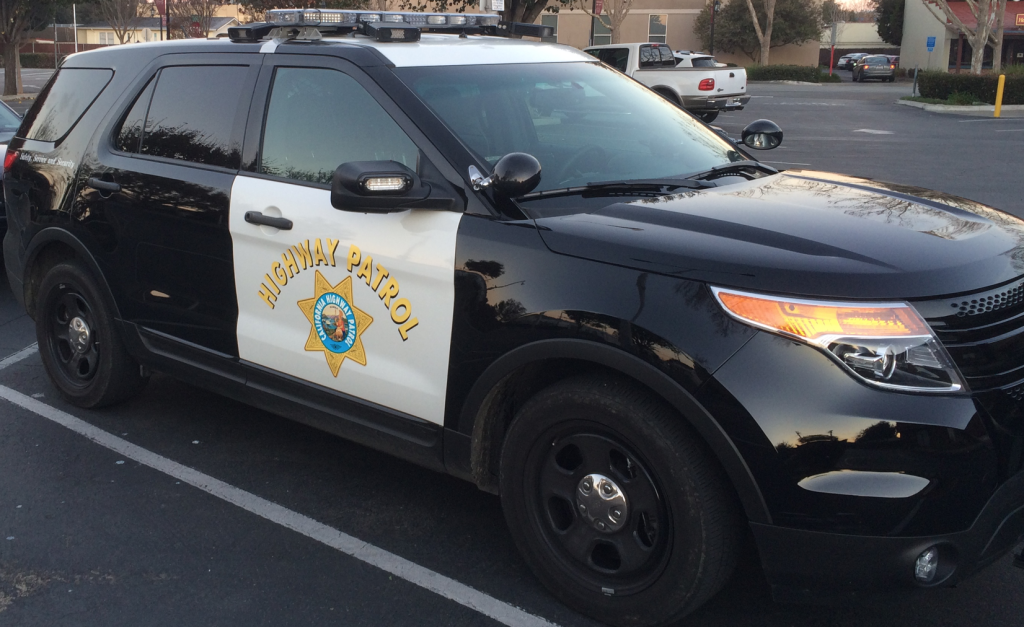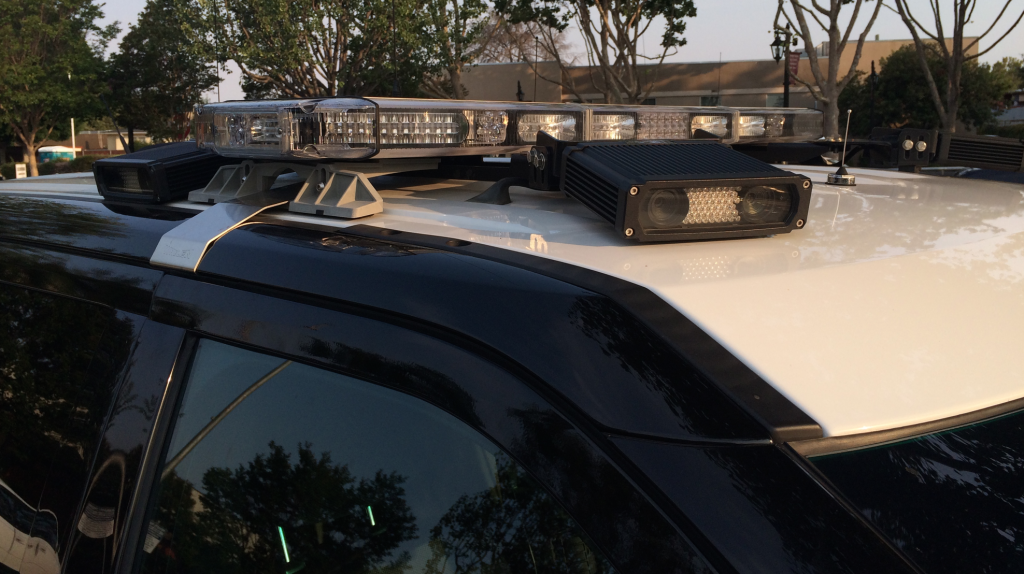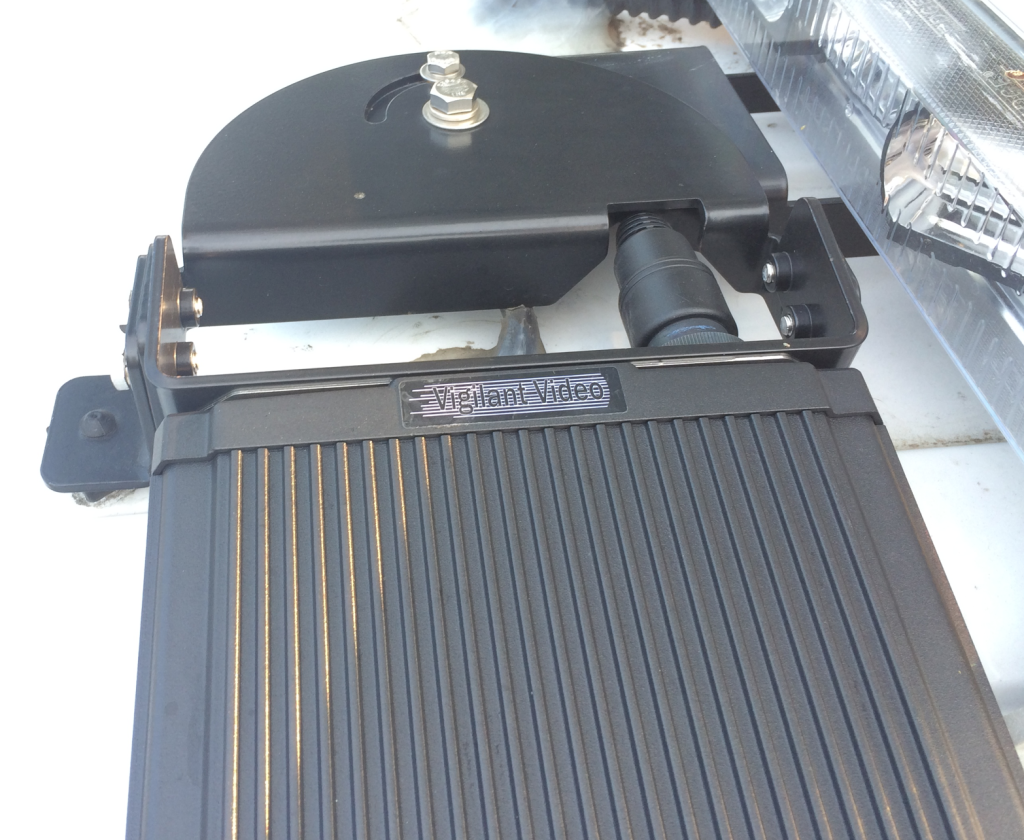In 2013, the City of Piedmont, California, spent almost $600,000 to purchase 39 license plate readers covering most of its border with Oakland. With a population of less than 11,000 people, these 39 license plate readers collect photographs and license plates from more than 1,000,000 vehicles every month. The City of Piedmont sends this data to a regional license plate data warehouse at the Northern California Regional Intelligence Center (NCRIC), where it is stored for one year, even if the data does not generate a “hit” as a stolen vehicle, being registered to a wanted individual, etc.
The City of Oakland, with a population of more than 400,000 people, took three years to gather 4.6 million license plate reads and photographs (see We know where you’ve been: Ars acquires 4.6M license plate scans from the cops). In Piedmont, that same amount of data would be collected in less than 5 months.
Using the information gathered by Oakland’s license plate readers, Ars Technica was able to determine where Oakland City Councilmember Dan Kalb worked and lived with his vehicle captured just 51 times between May 2012 and May 2014. Data from license plate readers could reveal churchgoing habits, whether you visit a medical marijuana dispensary or a health clinic, and whether you spend the night with someone other than your spouse.
Until June 2014, NCRIC generated a report on total license plate reads submitted to it by each agency. Combined with the number of hits reported by the Piedmont Police Department, this data shows that 99.97% of the data collected by Piedmont’s license plate readers is useless – it is data collected about people who are not charged with or suspected of any crime. For example, in April 2014, Piedmont submitted 1,420,244 license plate reads and photographs to NCRIC and only generated 400 hits. That is a hit rate of 0.00028 or 0.028 percent. Below is a table showing this information from December 2013 to June 2014:
| Month | Total reads | Hits | Percentage |
| 12/2013 | 1272871 | 532 | 0.042 |
| 1/2014 | 1201196 | 374 | 0.031 |
| 2/2014 | 1025771 | 276 | 0.027 |
| 3/2014 | 1189422 | 323 | 0.027 |
| 4/2014 | 1420244 | 400 | 0.028 |
| 5/2014 | 1462313 | 465 | 0.032 |
| 6/2014 | 1213121 | 391 | 0.032 |
Source documents:
- Contract between 3M and City of Piedmont – 2013
- $576,378.80 invoice for 39 license plate cameras – September 30, 2013
- $78,309.36 invoice for installation of license plate cameras – December 12, 2013
- $1,400 invoice for one year extended warranty – February 4, 2014
- Piedmont Police Department ALPR Stat Sheet – 2nd quarter, 2015


